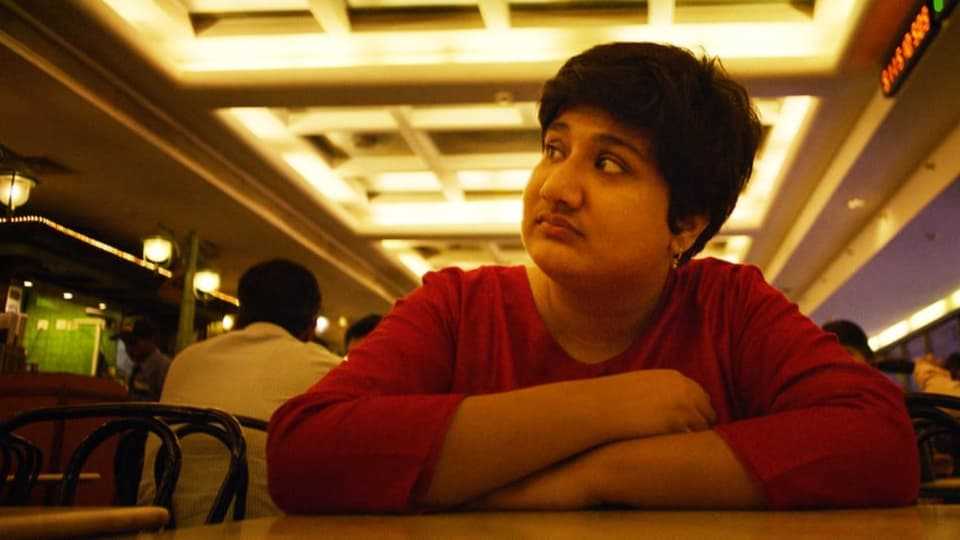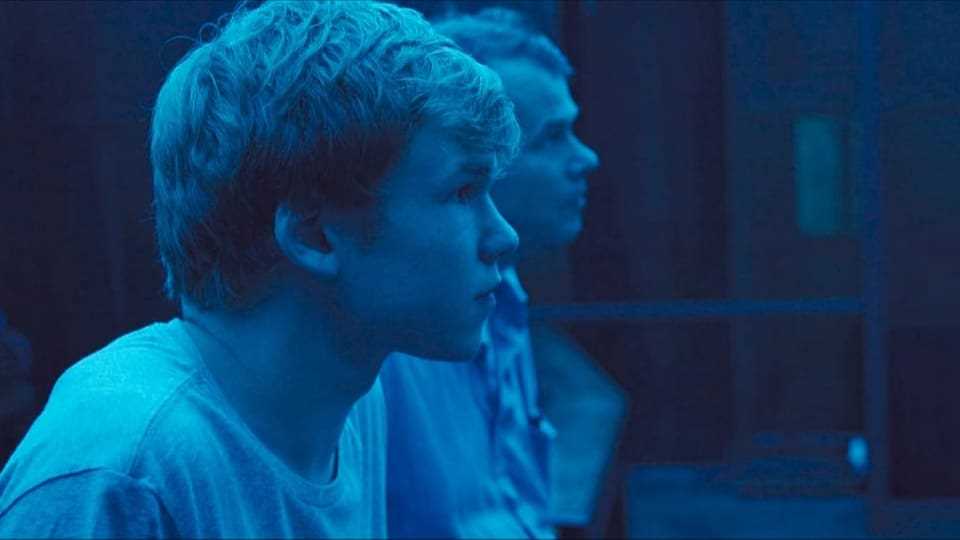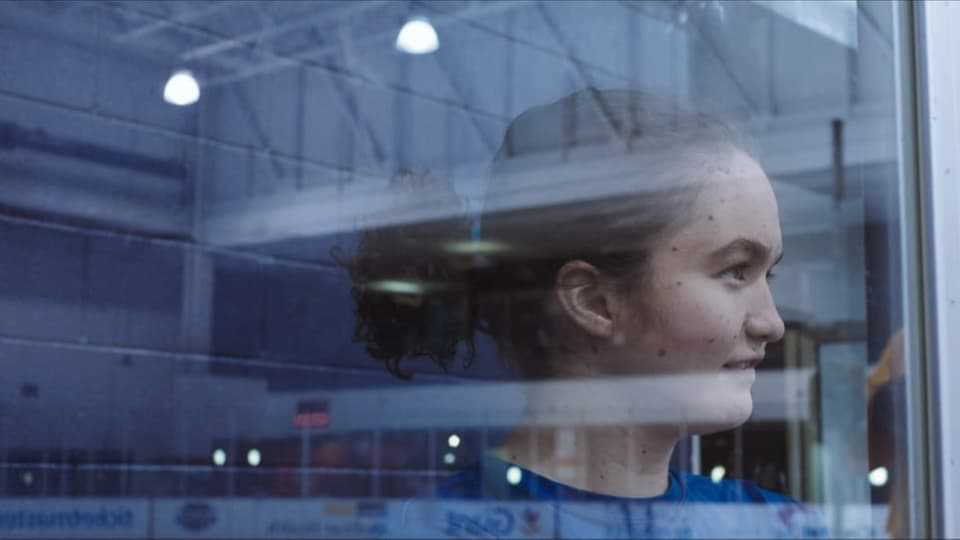contents
Joie de vivre, perseverance, allowing feelings: This film changes our image of people on the autism spectrum.
«In order to be able to lead a human life, nothing is more important to me than being able to express myself.» That says the Japanese Naoki Higashida. But for him it is not a matter of course to be able to express himself. Naoki Higashida is on the autism spectrum and does not speak.
Legend:
The Japanese Naoki Higashida communicates, among other things, with the letter board that is lying on the table in front of him.
AFP Photo / Toru Yamanaka
He knows the language. However, the words get lost on the way to his mouth, he says. The 29-year-old therefore expresses himself differently. He points to the individual fields on an alphabet board and thus spells out words and sentences. Or he writes down his thoughts and feelings.
Book as an eye opener
At the age of 13 he wrote the biography “The Reason I Jump” (German title: “Why I can’t look you in the eye”). In it he tells how he perceives his surroundings and himself.
For many neurotypical people, i.e. people without autism, this book was an eye opener. Especially parents with children on the autism spectrum got an opportunity to better understand their children.
That’s what happened to producer Jeremy Dear, among others. This book is so important to him that he wanted to produce a film about it together with others.
Misjudgment of thinking ability
They commissioned director Jerry Rothwell to implement it. “The way society deals with non-verbal autistic people has always bothered me,” he says. «These people are not only constantly underestimated by categories such as ‘non-functional’. These judgments also lead to a misjudgment of their ability to think and their comprehension.”
Book author Naoki Higashida himself did not want to be in front of the camera. That is why he is not accompanied in the documentary “The Reason I Jump”. But five young people on the autism spectrum and their families. The portrayed come from India, Sierra Leone, England and the USA.

Legend:
Amrit from India paints what she experienced.
DCM Movie Distribution
“Naoki says he’s primarily referring to himself in his book, not all autistic people as a whole,” says director Jerry Rothwell. He met Naoki Higashida in person. “His words, however, give us the impetus to look at things we see on screen from a different angle.”
Own apartment, own art exhibition
The book serves as a basis, and quotes from it can be heard again and again. But the film gives the protagonists enough space. Emma and Ben, who have been best friends since childhood and are about to move into their first apartment.
Amrit, who expresses herself through her images and curates an exhibition of her work.

Legend:
Joss remembers events he experienced when he was two years old.
DCM Movie Distribution
Joss, the son of producer Jeremy Dear, who loves to jump on the trampoline and reminds those around him to live in the here and now with his joy in the everyday.
Jestina, who inspired her parents to start a school for children on the autism spectrum. For many, the salvation in Sierra Leone, where autistic people are often seen as possessed by the devil.
Counseling for people with autism
The film is sensual, sensitive, touching, interesting. He doesn’t introduce anyone, neither the young people on the autism spectrum nor those around them. The fact that people with autism were represented in the film team and were involved in the implementation certainly also contributed to this.

Legend:
Emma uses her alphabet board to give answers in class.
DCM Movie Distribution
“I hope the film will help change our perception of nonverbal autistics,” says director Jerry Rothwell. “Away from overly simplistic and damaging categories and towards an understanding of the strengths and challenges that all people face.”
